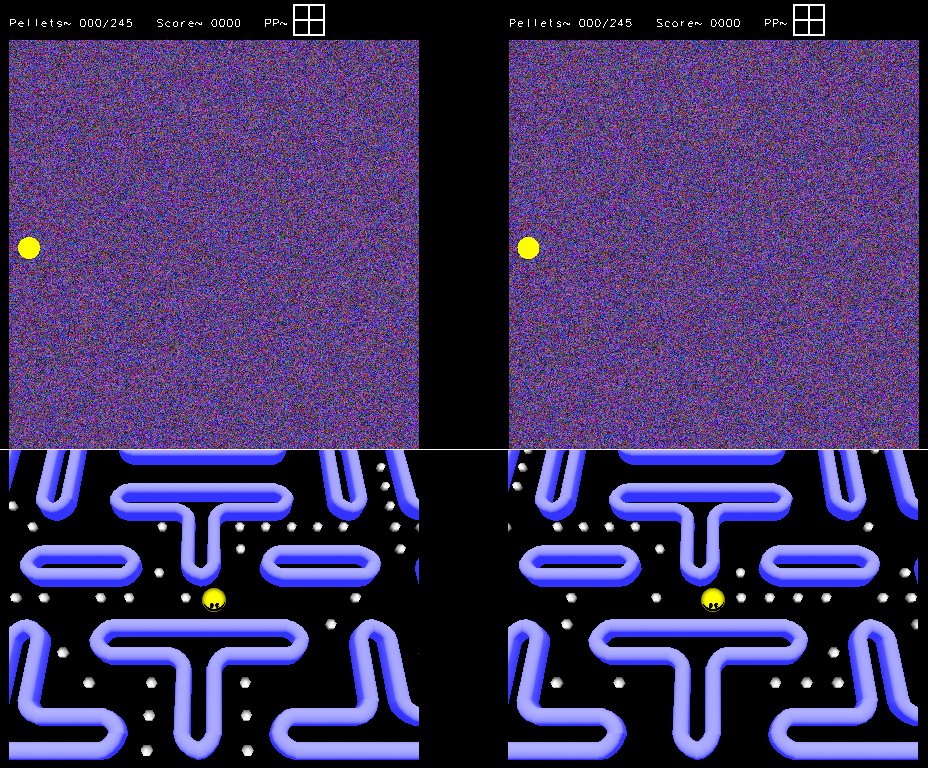 <
<
Convergence insufficiency is characterized by an inability to maintain effortless alignment of the two eyes (binocular convergence) while performing near tasks. Conventional rehabilitative vision therapy for the condition is monotonous and dull, leading to low levels of compliance. If the therapy is not performed then improvements in the condition are unlikely. We investigated the use of computer games as a new delivery paradigm for vision therapy, specifically at how they can be used in the treatment of convergence insufficiency while at home. Results show clinical improvements, as well as high levels of compliance and motivation. Additionally, the game is able to objectively track patient progress and compliance.
 <
<
There are number of other studies using computer games to aid in the rehabilitation of individuals with both neuromuscular and musculoskeletal disorders with the majority focusing on upper limb rehabilitation. Most of these studies rely on expensive equipment and sophisticated technology to generate suitable forces and to measure the kinematics and dynamics of the limbs. Most studies understandably focus on the devices themselves and concepts such as biofeedback, rather than on the outcomes of clinical trials and factors such as patient motivation and compliance. Vision therapy is a form of physical rehabilitation that does not share the complications related to presenting external forces.

The game is a modified three-dimensional version of the classic game Pac-Man.
The top portion of the screen consists of a random dot stereogram that contains a top-down view of the current maze. A classical stereogram is composed of a pair of images (one for each eye) that can be viewed using a device known as a stereoscope, which aids in the fusing of the images. In random dot stereograms the images are composed of a random collection of dots. The dot pattern contains “hidden” stereoscopic geometry that can only be seen when the images are properly binocularly aligned. The critical feature of this type of stimuli, that we exploit in our system, is that they allow depth to be perceived from disparity but only when the eyes are properly aligned.
The bottom portion of the screen contains a three-dimensional stereoscopic representation of the current maze.
Custom mirror stereoscopes are used to provide each eye with a different image for both the random dot stereogram and the lower three dimensional display. The random dot stereograms and the lower display form a stereoscopic stimulus at a simulated distance that is used to provide fusional vergence training to the player. Changing the positions of the monocular stimuli on the computer monitor requires vergence eye movements by the player to fuse them. In this way vergence demand can be varied during the game therapy. A top down view of this setup can be seen above. As the left monocular stimulus is shifted horizontally towards the center of the computer screen and the right monocular stimulus is shifted horizontally towards the center of the computer screen, both the left and right eyes need to turn slightly inwards resulting in an increased convergence angle.